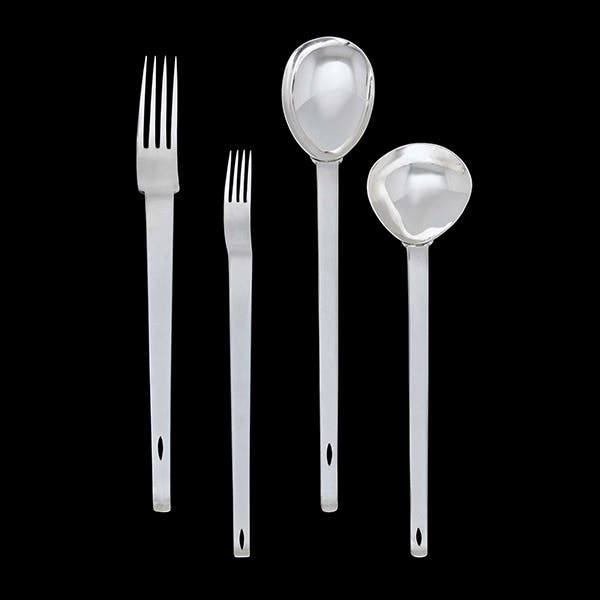Inherited saddle maker’s bench could fetch $600
In the latest installment of Ask the Experts, Dr. G. Marchelos offered a bit of horse tack history, as part of his assessment of a reader’s leather saddle maker’s bench.
QThis bench was passed down to me from my family. It has been in our family since the 1800s, and we were told it was a saddle maker’s bench.
It looks to be constructed of oak and pine, with the legs and base made of oak and the seat of pine. It has some sort of clamp on top that opens and a leather strap that connects to a foot pedal or lever. Everything looks to be original, and it still functions.
—D.W.
via email
A The item is a saddle maker’s/leather worker’s bench. These were quite common until just after 1900, when bicycles and autos began replacing horses and mules.
Until then, repairs on saddles, tack and related leather items were often done at the farm or ranch. Such items are widely collected, especially in the western United States and Canada. Tack from famous venues, where famous horses or breeds were trained and developed, bring premium prices. This is a beautiful example of a utilitarian item, which today would be desirable because it is still in excellent condition, works and is small enough to be displayed in a small home or apartment. It would easily sell for $600 or more if the right person sees it.
-------------------------------------------------
QI obtained these Chinese paintings from an estate sale and would like to have them appraised for home insurance. The appraiser wants $850 for each. Are they worth it? Thank you.
— G.R.
via email
A I am not sure if the $850 is the fee or sale price, because you say you obtained the paintings at an estate sale. In any case, it is difficult to know the value based upon the photos. The reason is the materials used, condition, etc., cannot be seen clearly. Having said that, these appear to be a pair of framed paintings in the traditional Chinese style painted on silk.
There appears to be discoloration on them, which is either foxing or damp staining. If this is so, the value is drastically reduced. The next question is the signature. Again, it cannot be determined from the photo if this is an original signature. If so, and from a well known artist, the value could be significantly more than $850 each. All these factors and clues must be taken into consideration before a value can be assigned. The paintings themselves appear to be executed by a competent artist.
My advice is to have these examined by someone who knows Chinese art who can see these in person. Be prepared for disappointment or a thrill based on what is found.








